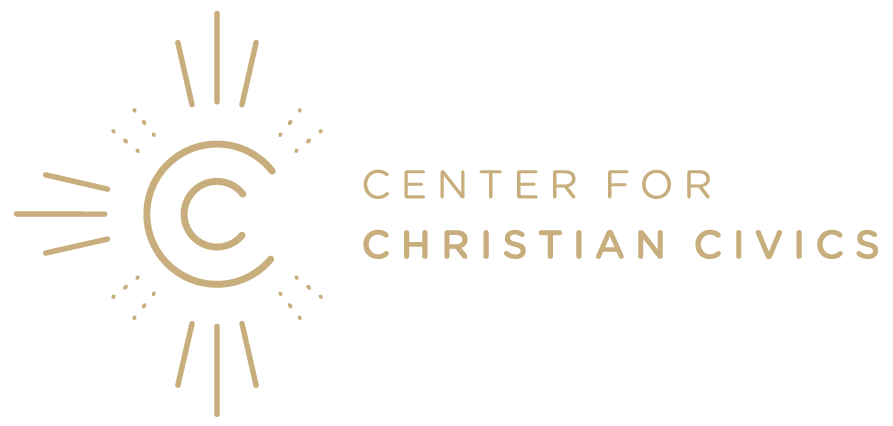Caucuses, Primaries, and What Those Phrases Mean
With the Iowa Caucus less than a week away, and the New Hampshire Primary shortly thereafter, it might be of some interest to know the difference between a caucus and a primary, and how they shape the eventual presidential ballot.It’s important to know that America’s process of selecting its leading candidates via primaries only started in the twentieth century, and the current format hasn’t even existed for fifty years. Clearly, American democracy is still a work in progress.
Voting for Delegates
This is easily the most confusing part of either a caucus or primary: Each party actually elects its candidate at a party convention, where each state is represented by a group of that state’s party leaders and elected officials (called delegates). Voters in the state are not directly electing a nominee, but rather telling the delegates which candidate they’d like them to support. Party rules decide the number of delegates each state gets to send to the convention, taking population, current elected officials, recent voting trends and more into consideration. There are currently over 6,000 delegates split between the Democratic and Republican parties.Most delegates representing a state are “pledged delegates,” bound to support candidates based on their state’s primary or caucus rules. Some states’ rules are “winner take all.” Others assign delegates to represent the state’s voters district-by-district. Still others divide their delegates up to match the overall percentage of the state’s votes.Many delegates at the conventions are “unpledged” (the Democrats officially label them “superdelegates”) and can vote for the candidate they believe will best represent the party, or rather whomever they want. The Democrats have a higher number of unpledged delegates, but unpledged delegates are a larger percentage of the Republicans’ total.Each state has its own primary regulations, and political parties set their rules for caucuses.
Iowa Caucus Process
Caucuses are run by political parties, not states. A party caucus shares aspects of a Town Hall. Groups meet in church basements, high school gymnasiums; anywhere there is enough room for the Democrats or Republicans of a precinct to collectively gather. All voters must be at least eighteen years of age, and voter registration is often available on-site. Party members discuss the candidates and then the room moves to a vote. The vote may happen in several ways, as determined by the state party. In Iowa, Republicans will vote with a secret ballot; Democrats will gather into candidate preference groups and take a head count.Each group then sends their precinct delegates to the county level, where the process will repeat to determine delegates for district- and state-level caucuses. Because the process actually includes multiple caucuses, the media will generally just cover the precinct-level caucus and assume that the results will stand at the later levels. However, the chosen delegates can change which candidate they support at each stage of the process until their support becomes bound at the last round.
New Hampshire Primary Process
Primary elections, on the other hand, are state-run and give less flexibility to the state delegates, firmly establishing which candidates the state voters will support at the parties’ national conventions. Voters in states with primaries don’t participate in debate before they vote. Even signage for candidates is restricted to certain distances outside of polling stations.Primaries are open all day, with polls opening early in the day and closing after dark. Party members can show up to vote whenever is convenient for them, and the official tallying only begins after polling places are closed. Caucuses are much more precise. Iowans will start their caucus discussions at 7 p.m.New Hampshire’s delegates will be divvied up and bound to support candidates at the conventions based on how much support each candidate won in the primary.
Firsts in The Nation
Iowa is the first caucus in the nation, and New Hampshire is the first primary. This was established in 1972 through the Democratic party’s McGovern-Fraser commission, which was intended to bring transparency to the election of party delegates. Rules were put in place to give voters at least thirty days notice before conducting a primary. Republicans followed suit, and more states began having binding primaries rather than allowing party leaders to hand-pick delegates. Since Iowa’s caucus is in four stages, and needs to be completed before the national conventions in June, they have to get their ball rolling early. Through Republican and Democratic state parties working together, the timing of Iowa’s caucus became state law, making it the first national contest at least eight days before the next.New Hampshire doesn’t need to be so early—officially the primary only has to happen by early March. But state law allows NH’s Secretary of State to change the date each year to ensure that it is “the first of similar contests.” (The Iowa contest, being a caucus, is not considered to be “similar” to the New Hampshire primary.)If another state moves their primary up, both Iowa and New Hampshire would follow suit to stay ahead of the pack.
Accuracy (And Does Accuracy Even Matter?)
As each state conducts its own nomination contests, the results become more accurate, but early on it is still a guessing game. The Iowa caucus, though selecting the last three Democratic candidates correctly, whiffed in ’88 and ’92. Republican results have been even less accurate, missing in the last two races. The New Hampshire primary historically had been much more accurate, but America’s last three presidents all lost the contest.But the Iowa and New Hampshire races, along with Nevada’s caucus and South Carolina’s primary, do kick off the process of shrinking the pool of presidential candidates. Up until these contests, all polls are speculative. Candidates still tell their financial supporters that they have a shot, but the momentum from these first contests will carry over to Super Tuesday, when fifteen states will hold their own primaries, at which time the field will be reduced down to only the most likely of candidates.After the caucuses and primaries, states send their delegates to the party conventions to tally their preferences, either pledged or bound by law. Though by this point there is usually a clear winner, and the roll call vote is usually just a formality and a show of party unity. The party platform and the presidential running mate will also be announced, and then the battle to November is on.
Your Mileage May Vary
It’s also important to know that each state regulates primary elections differently and each state party sets its own rules for caucuses. Your state’s caucus or primary may not conform to the exact procedures outlined above, but at the very least, this should give you a general idea of how the party nomination season will work in your state.If you’d like to take part in your state’s party nomination process, we have begun putting together a directory of resources that can help you find out where to go for information about your state's nominating contest. We will be updating the list throughout the coming weeks, so be sure to check back frequently.


